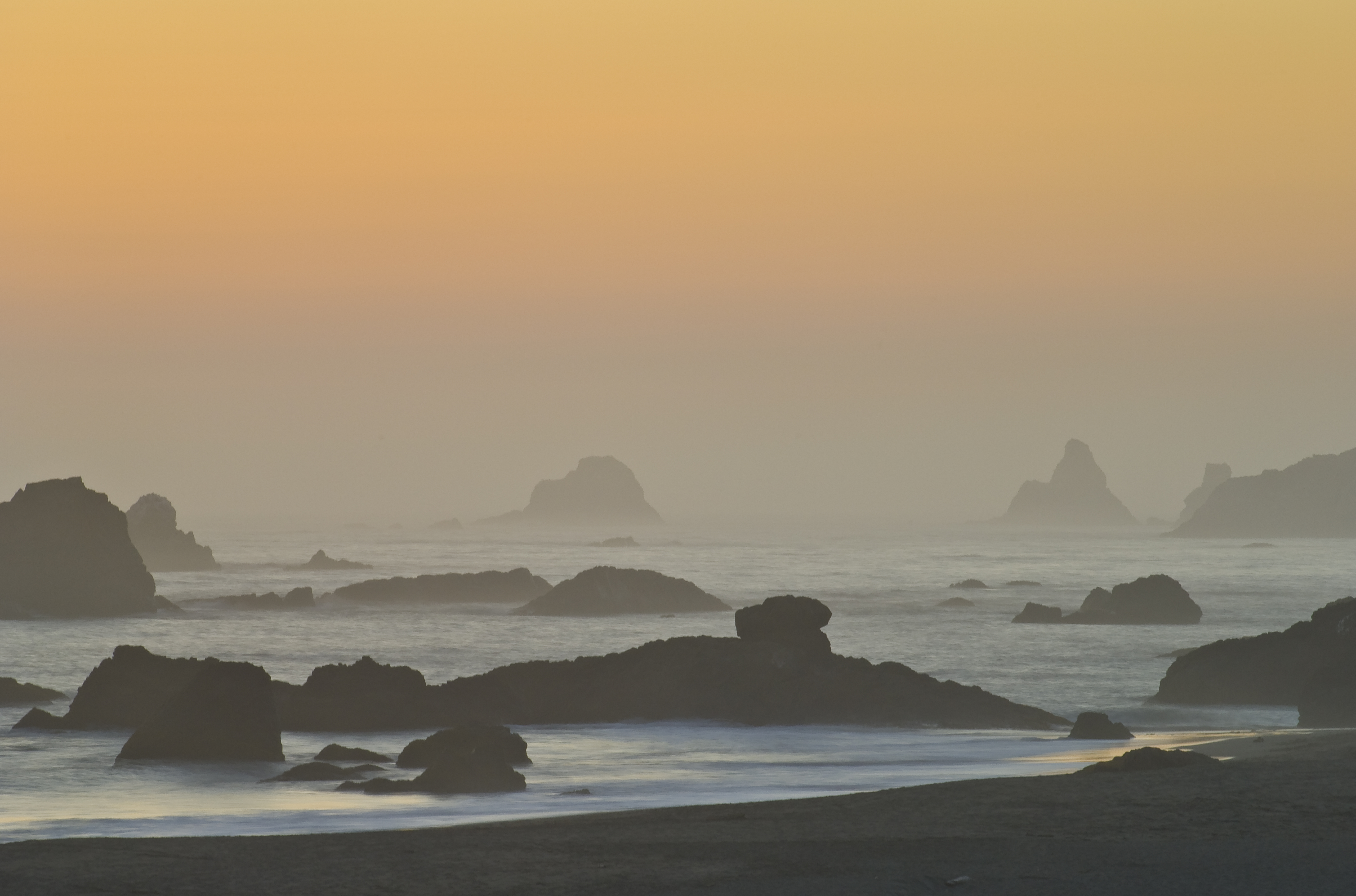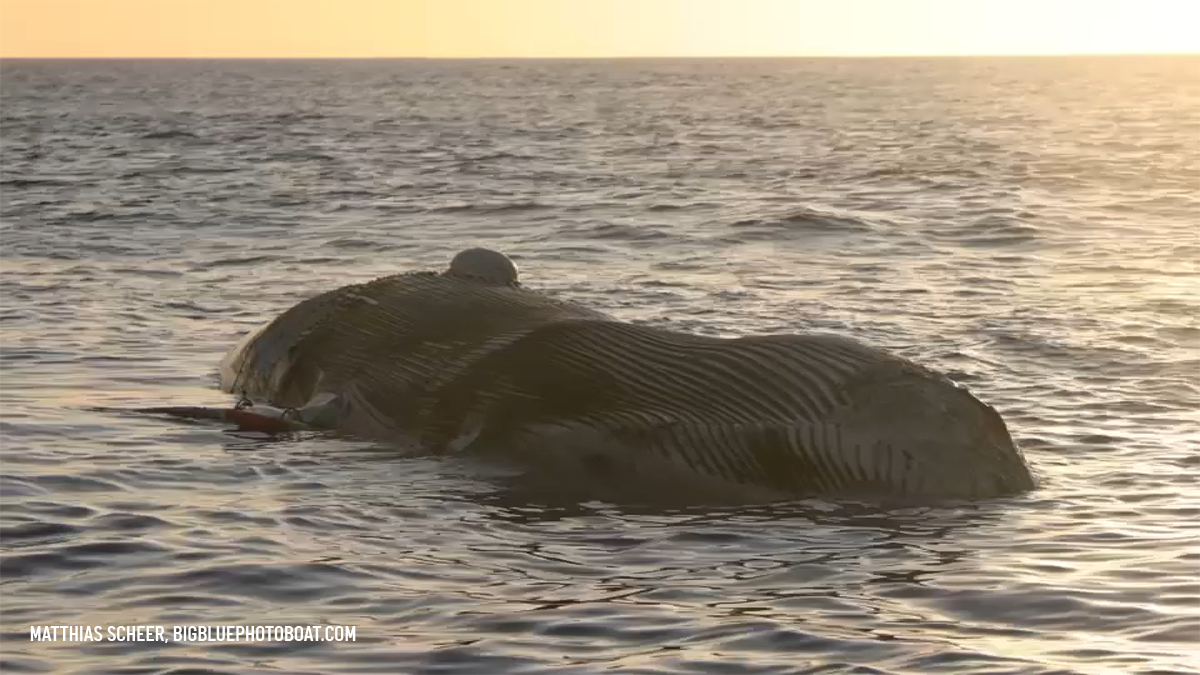A juvenile gray whale washed up on the shore near the iconic Marine Room restaurant in La Jolla on Thursday afternoon, officials said.
Researchers from the National Oceanic and Atmospheric Administration's (NOAA) La Jolla laboratory responded and found the marine mammal in shallow water south of La Jolla Shores. A NOAA spokesperson described the whale as approximately 24 feet long and fairly thin.
The initial called reported a dead whale had washed ashore, but upon arriving at the scene, NOAA researchers were able to confirm that the whale was still alive when it landed on the beach.
Even though it was still alive, Justin Viezbicke with NOAA expressed that his crew stayed away from the whale for safety reasons.
Get top local stories in Southern California delivered to you every morning. Sign up for NBC LA's News Headlines newsletter.
"A live, large whale that's 25 feet long rolling in the surf, there's not a whole lot that we can really do with that just due to safety, especially once the sun's going down in the dark. It's just not a real safe situation for people because these animals weigh a lot and it's rolling in the surf and the potential to get pinched underneath it or caught is there," Viezbicke told NBC 7.


Viezbicke's team planned to come back in the morning and assess the situation. By the morning, the whale had died, he said.
By 11 a.m., the whale was being loaded onto a tow truck by San Diego Fire-Rescue lifeguards and Scripps researchers to Elliott Field Station, a UCSD Research Institute, Viezbicke added.
Agency members across the coast — SDFD, Scripps researchers with UC San Diego, NOAA, Southwest Fishery Science Center and the Pacific Marine Mammal Center in Orange County — are working together to identify the whale's cause of death and what brought it ashore, which is not yet known.
The skull will be taken to San Diego State University for further sampling, NOAA said.
North America's "Unusual Mortality Event" for gray whales
"We are still technically in an Unusual Mortality Event for gray whales, and so we're trying to look at them and see what's going on," Viezbicke said.
Since Jan. 1, 2019, more and more gray whale carcasses have turned up along the west coast of North America, from Mexico through Alaska, according to NOAA. In 2019 alone in California, 34 gray whale "strandings," as they are called, were documented.
While numbers have lowered to 14 strandings in 2023, the Unusual Mortality Event status is still in place.
On average, about 15 gray whales strandings happen every year in California, according to Viezbicke.
Back in December of 2023, the carcass of an endangered fin whale washed ashore in San Diego's Pacific Beach. That whale had killer whale bite marks over its body, which may have led to its death, according to NOAA.
"This one, I don't believe there was anything externally that showed a whole lot. And so it's going to come down to internal looking to see what's all going on, what's in the stomach, how fat is it, what are the blubber layers, like, all those different kinds of things to kind of get a measure of what's the overall body condition and health of this animal," Viezbicke said.
It is not yet known when researchers will have answers on the gray whale's cause of death.
Whale tales





